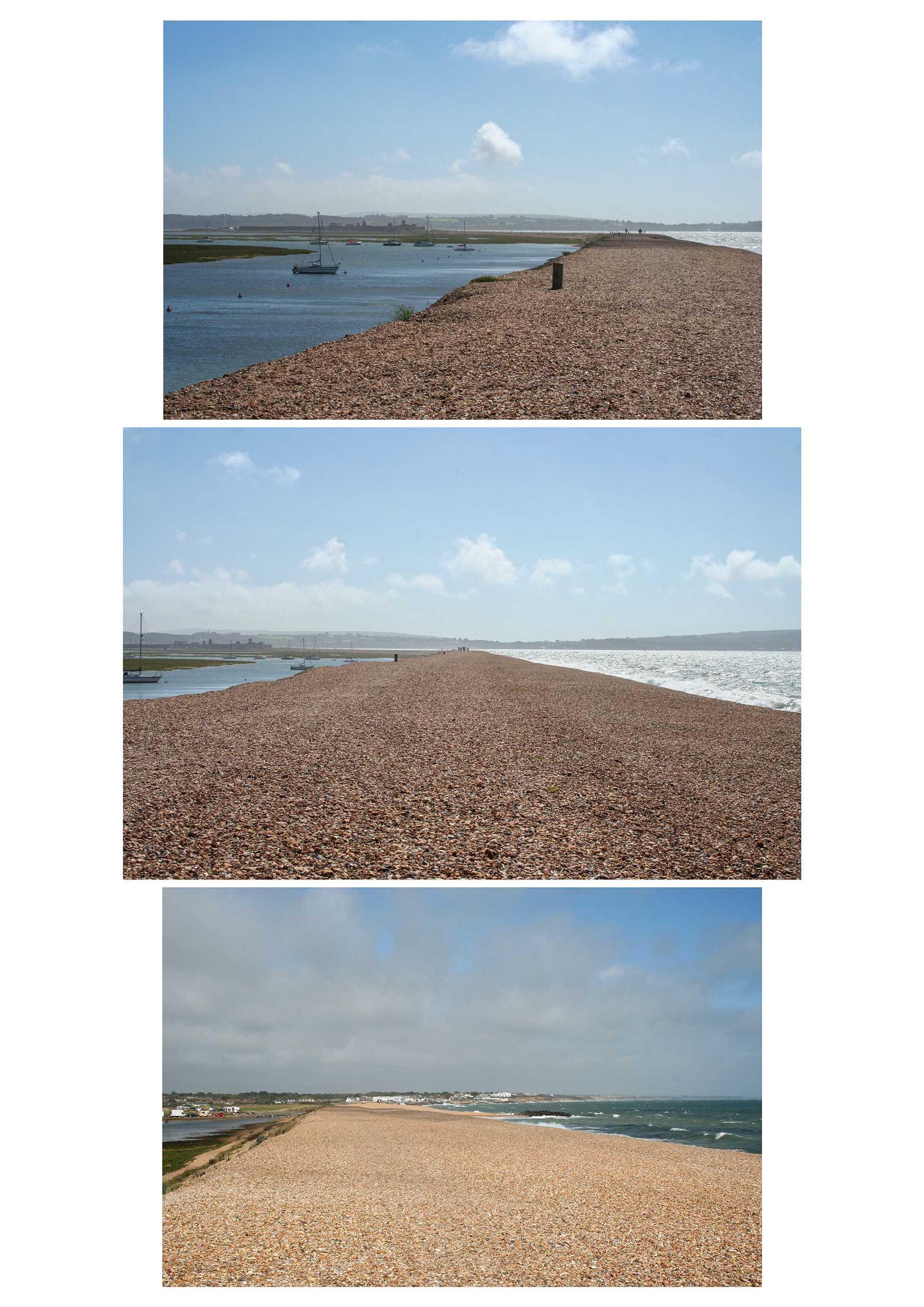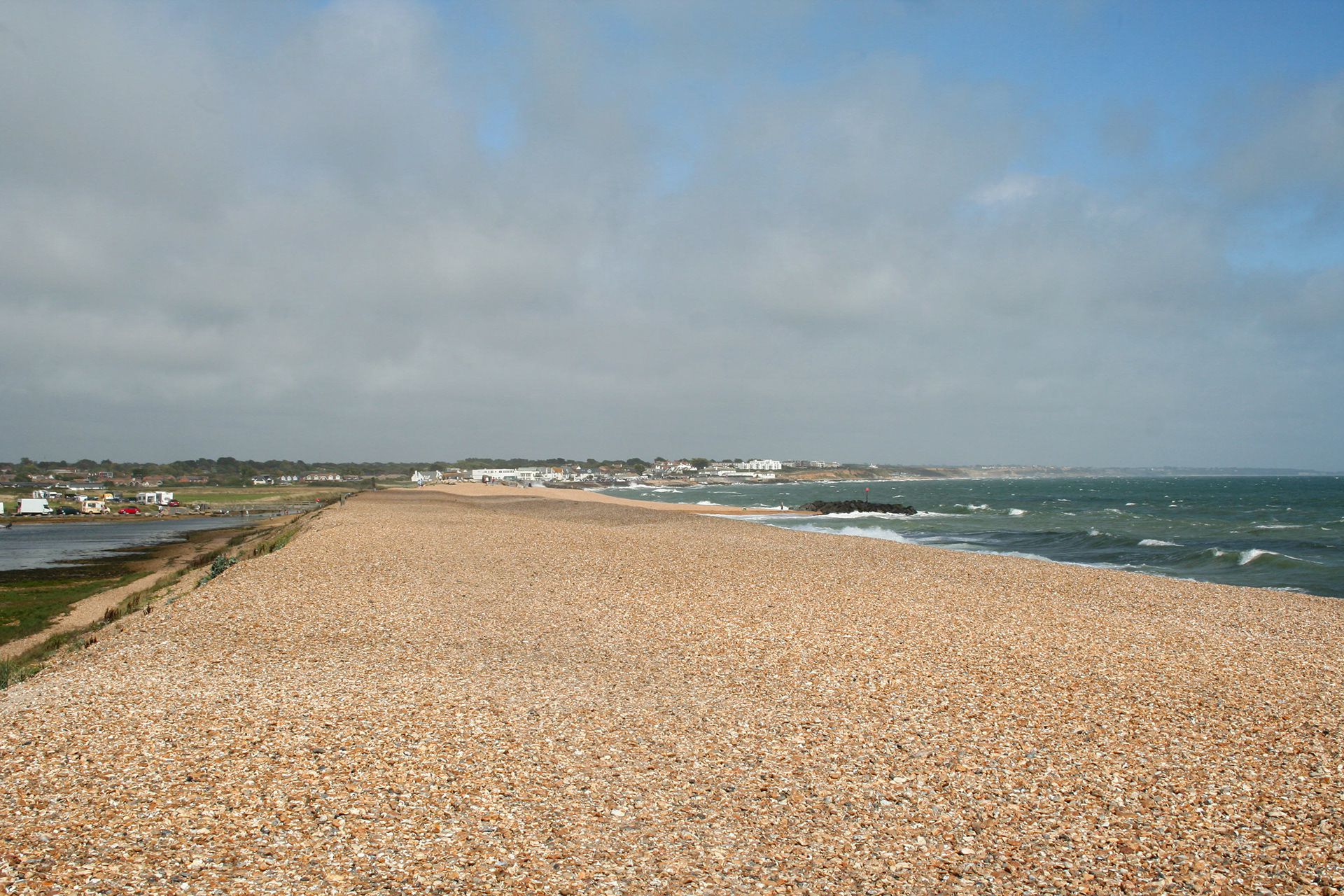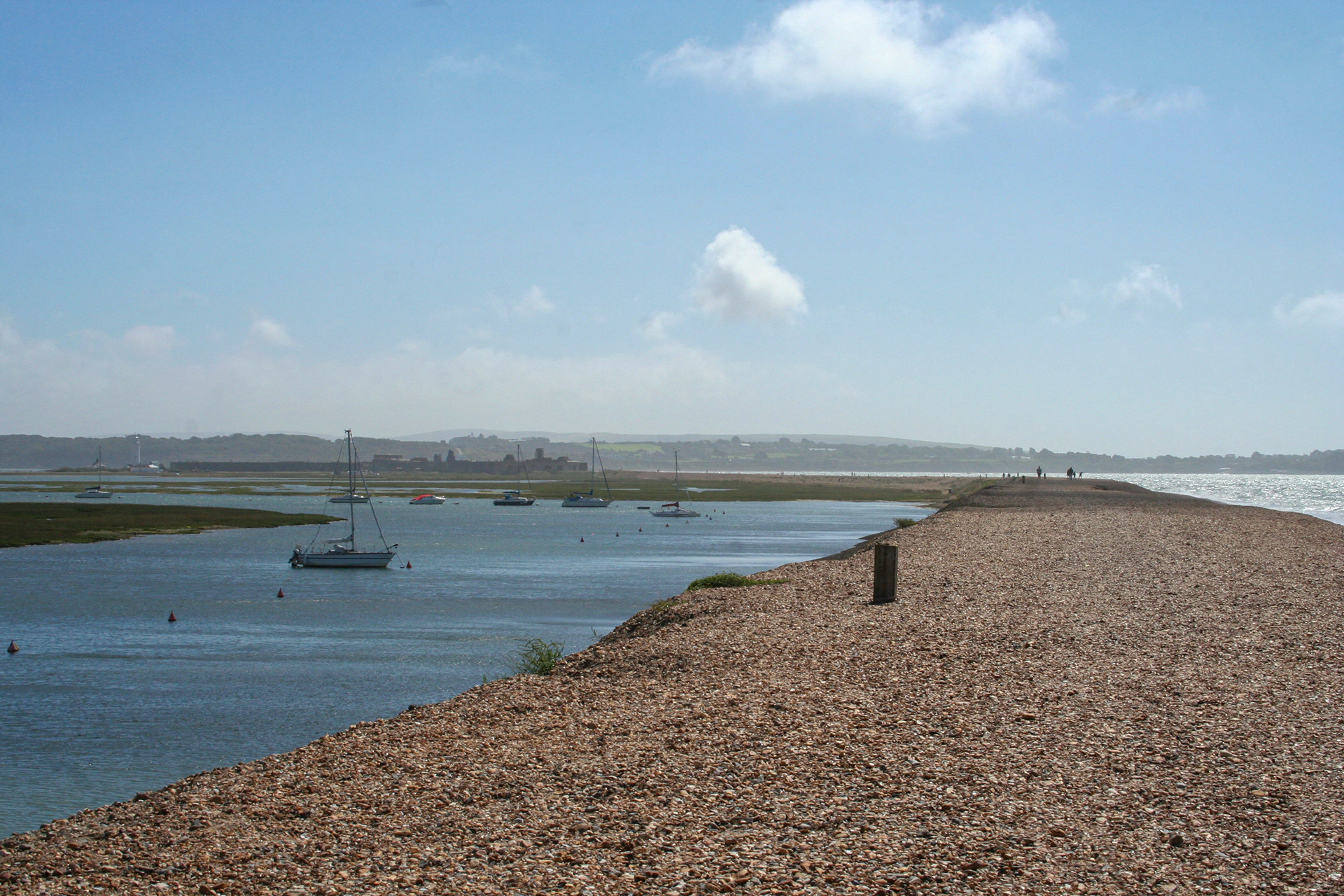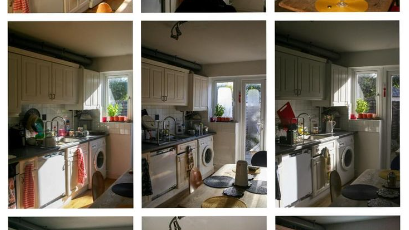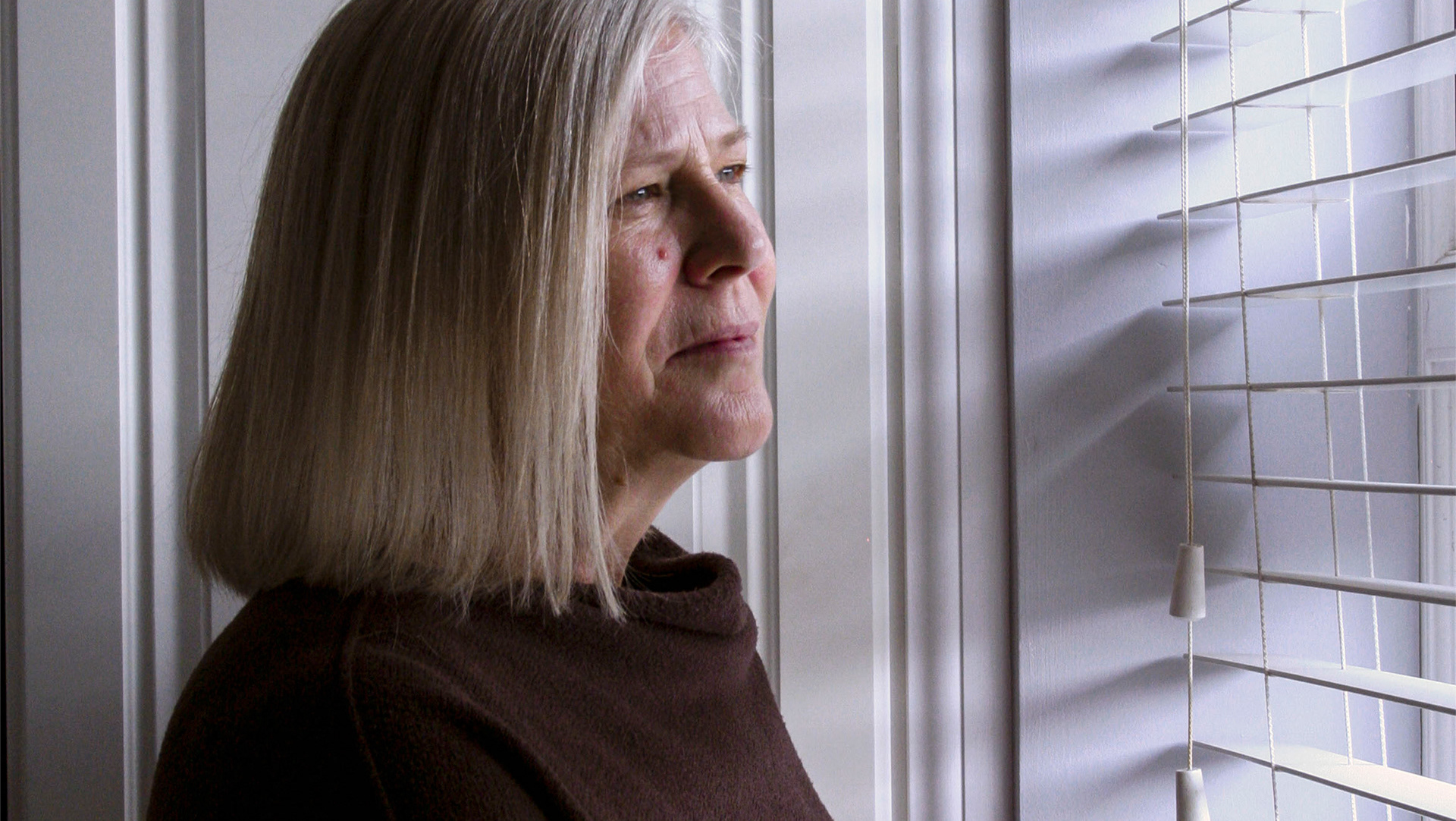Spatial Intervention
A shingle spit is a piece of land that stretches in-between two bodies of water.
My take on spatial intervention led me to to research Hurst Castle – built between 1541-1544 by Henry VIII – as it is located on the most famous hook shaped shingle spit in Hampshire and was used as one of the main artillery defences, also referred to as a “device fort” (1539-47), that protected key ports from continental attacks.
The spit is a geographical coastal defence that was created by natural deposition over time. Due to the weather and the natural movement of the sea, it caused the gravel bar of the spit to shift meaning it is forever changing and never entirely stationary. Upon visiting Hurst Castle, I noticed that English Heritage are now helping to maintain and converse the spit due to Hurst Castle being located at the end of it. I aim to communicate and raise awareness of the beauty and fragility of the natural world as humanity benefits from it alongside protecting it.
My take on spatial intervention led me to to research Hurst Castle – built between 1541-1544 by Henry VIII – as it is located on the most famous hook shaped shingle spit in Hampshire and was used as one of the main artillery defences, also referred to as a “device fort” (1539-47), that protected key ports from continental attacks.
The spit is a geographical coastal defence that was created by natural deposition over time. Due to the weather and the natural movement of the sea, it caused the gravel bar of the spit to shift meaning it is forever changing and never entirely stationary. Upon visiting Hurst Castle, I noticed that English Heritage are now helping to maintain and converse the spit due to Hurst Castle being located at the end of it. I aim to communicate and raise awareness of the beauty and fragility of the natural world as humanity benefits from it alongside protecting it.
